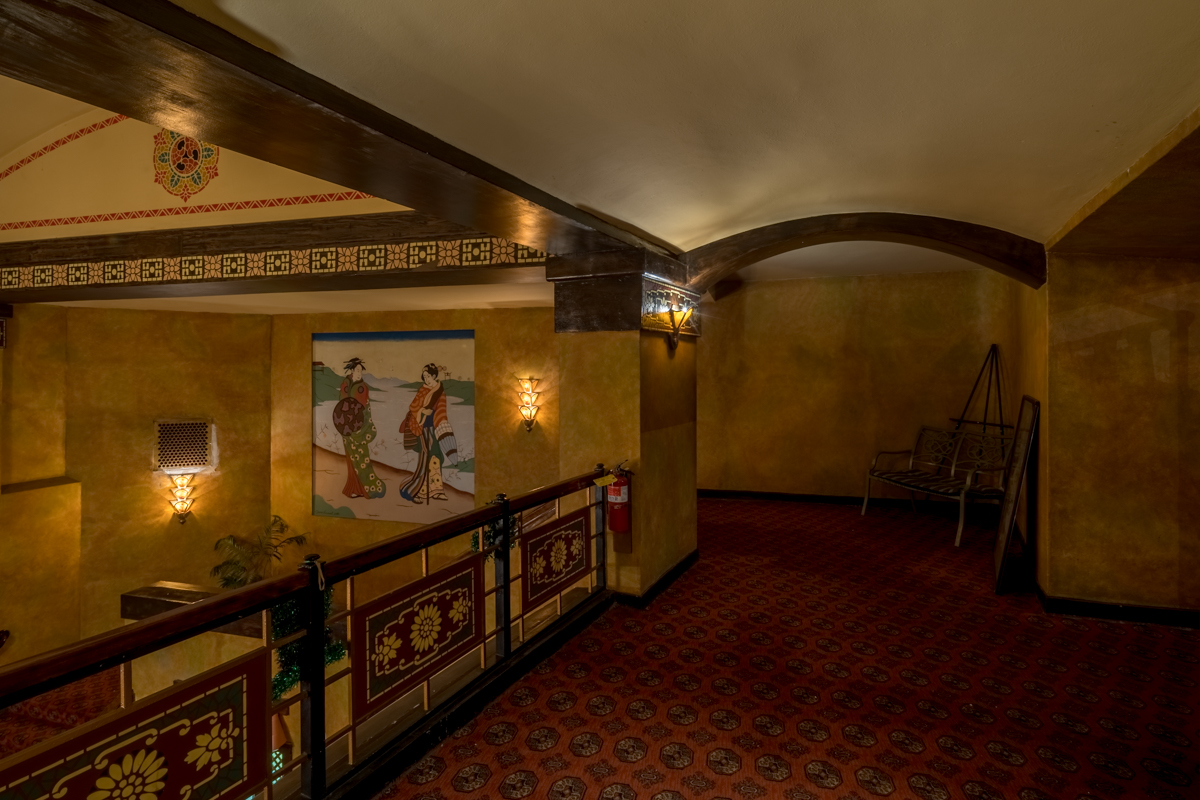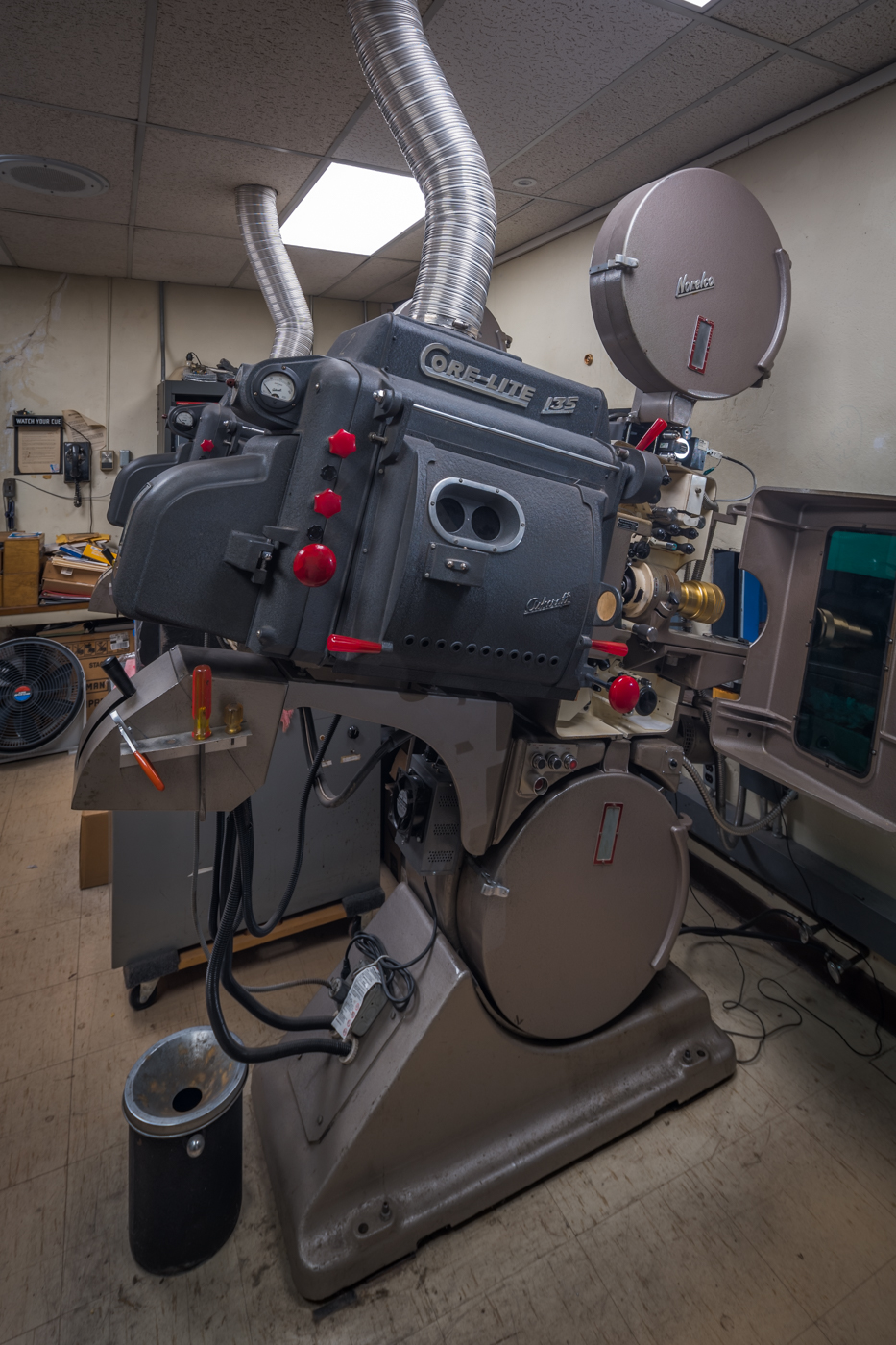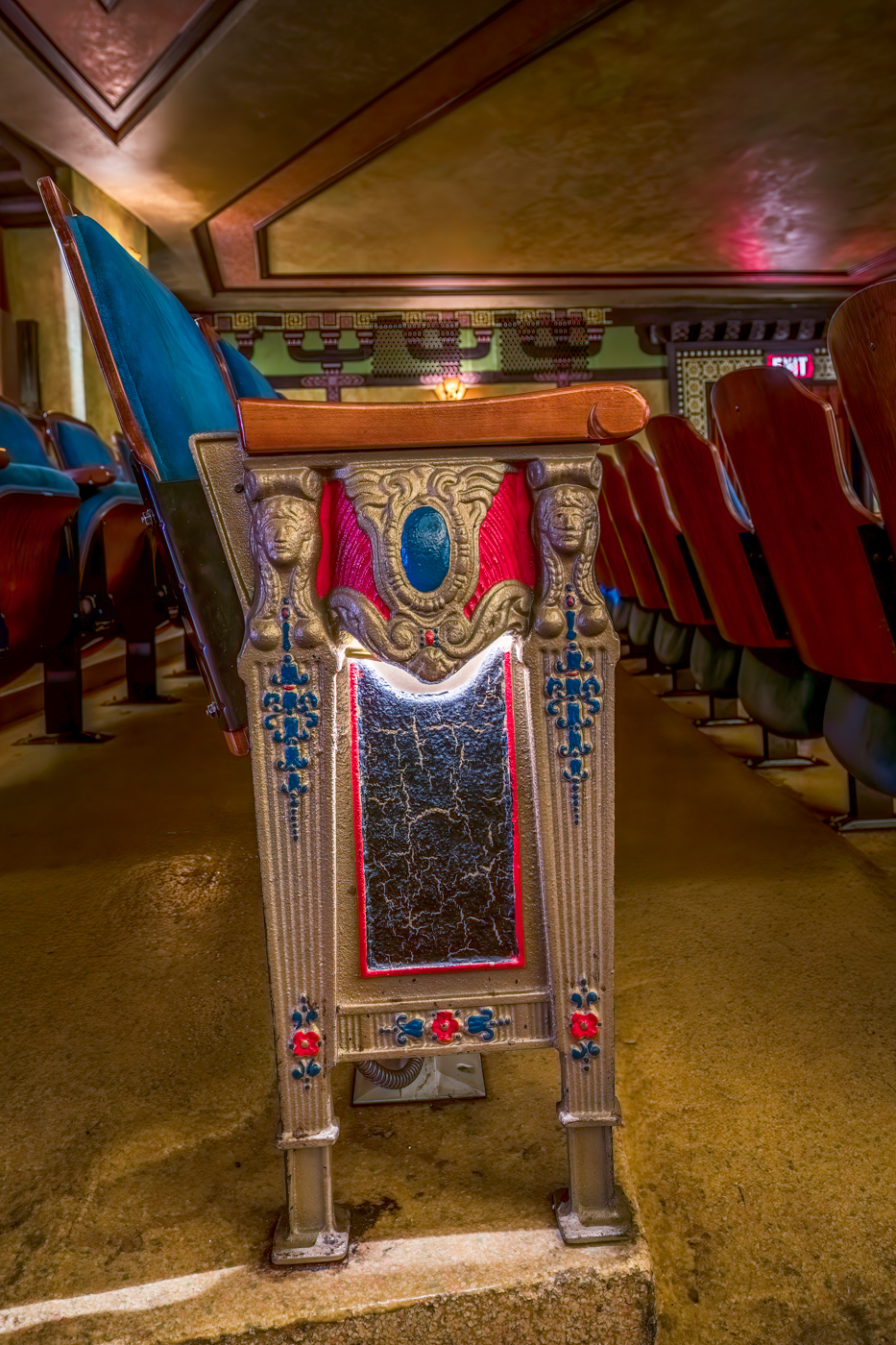Redford Theater - Photos
Redford Theatre

The Redford Theater, with its original 3 manual, 10 rank Barton Theater Pipe Organ, has served as a Metro Detroit entertainment center since 1928.

The theater is owned and operated by the Motor City Theatre Organ Society (MCTOS)

A lot of volunteers worked at the theater to bring the inside back to its original glory.

The theater interior is Japanese themed because the original owner loved the far east culture.

The theater still has its Barton Organ and it's unique because it’s one of about 300 Barton Organs ever made – and only one out of three with dragons on its console.

A view at the beautifully lit-up theater from the balcony

Wall details, once covered with layers of paint, were uncovered, and new, authentic geisha paintings were added in the stairwells of the lobby just outside the main auditorium.

One of the most recent additions is a handicapped accessible restroom.

The theater has the ability to hold about 1,600 guests

The Redford Theater is operated by an all-volunteer staff. Proceeds from programs presented at the Redford are used to restore and maintain the theater building.

The Redford Theater has always been a movie theater but it has not always been a part of Detroit. The area used to be a part of Redford but then it was annexed by Detroit.

The theater was added to the National Historic Register in January 1985 as well as the state’s historic register in August 1988.

A small room atop the balcony is cluttered with two hulking 1950s-era projectors. The theater could have switched to digital but continues to use the 35mm projectors.

A detailed shot of one of the projectors

The Redford is a good place for anyone interested in classic movies

What makes the theater increasingly rare is that it still operates as it did in the 1920s – showing movies on film in a small neighborhood. At one time, every neighborhood in Detroit had its own local movie theater. Not today anymore.

A panel near the bar area displays the original paint work from 1928

Right next to it to the left is a panel restored in 1982.

A view at the stunning foyer with three stories to marvel at.

The Motor City Theater Organ Society has replaced everything from the furnace, to the roof, to the carpeting, in addition to restoring the original Japanese motif.

The Redford Theater has survived and is thriving on the work of volunteers and concerned citizens. With no paid staff, The Redford Theater is a perfect example of how the arts can bring people together for the betterment of the community.

In 2000, the theater received a grant from the State of Michigan that covered a large percentage of the costs of replacing all the seats on the main floor and the loge area of the balcony.

At the same time, seats were removed to provide a wheelchair area.

The lobby is not as lavish as some theaters from that era, but it has some beautiful touches, such as decorative stencils on the walls and ceilings and chandeliers in the grand foyer that were recovered from Detroit's Oriental Theater.

The auditorium was designed to feel like a Japanese garden, with the stage and walls on each side of the stage capped with Japanese-style roofs. The Japanese figures on each side of the stage were discovered under several layers of paint in 1995.

The concession stand with its huge collection of candy, popcorn, and pop.

Get the popcorn with butter! The Redford uses real butter on its popcorn :-)

Stairways on each side of the lobby lead to the balcony seats.

It took the non-profit organization and its volunteers 40 years to restore the theater to look the same as it looked in 1928.

Stairs leading up to the projector room

A close-up view at one of the chandeliers that was saved. Finding these chandeliers was a very fortunate occurrence. Credit goes to a Detroit Free Press reporter, who discovered them while undertaking research for an article about Detroit's theater palaces in 1980. She became aware of the fact that a portion of the Oriental Theater (later Downtown Theater) still remained as a part of an adjoining hotel structure.

Although the chandeliers were seriously vandalized, it was considered worth pursuing the possibility of restoring them. In Nov 1980 the chandeliers were brought to the Redford Theater. Only fragments of glass were left to yield their original decorative character and only a small number of the original 88 lights which graced the framework of the fixture remained. The glass crystal ornamentation suffered a similar fate. But after months of restoration they were ready to be hung in the Redford Theater lobby.

And yet another look at one of these beautifully restored chandeliers.

A view at the walkway that overlooks the lobby.

The walkway is decorated with vintage black&white photographs of the theater.

More vintage photographs

A few iconic B&W portraits line the interior and add a beautiful touch to the overall appearance.

A view from the upper left part of the balcony, close to the projector room.

A life-sized relief sculpture of "Sir Graves Ghastly" created by his son David Deming is a permanent fixture in the lobby area since 2022.

A donor recognition board inside the entry area displays the names of important donors to the theater.

Another look at the lower level of the auditorium.

The theater's original organ sits in front of the far left of the stage.

It was installed for the silent movies that were still being produced in 1928, and it is one of two original theater organs left in Detroit, the other being the Fox Theater's.

A different angle at the balcony section of the auditorium.